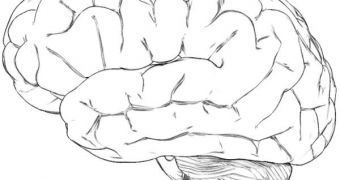One of the most important things that have allowed humans to develop to the stage they've achieved now is the trait of the brain known as short-term memory (STM). Basically, what it does is allow individuals to remember details of what their eyes saw a good few seconds after the image in front of them changed. This enables them to perform complex tasks that require resorting to previously held pieces of information and combining them to find creative solutions to a problem. A new scientific study on the matter comes to show that everything researchers have held as basic knowledge until now is actually pretty much false.
For decades, brain experts have assumed that the short-term memory works by storing images and data over the course of several seconds, and then gradually lets the information go as seconds pass. Indeed, from a logical point of view, this theory makes a lot of sense, but, then again, it's completely wrong, new investigations from the University of California in Davis (UCD) show. According to UCD Center for Mind and Brain Professor of Psychology Steve Luck and postdoctoral scholar Weiwei Zhang, STM works in quite the opposite way.
That is to say, the portion of the brain in charge with retaining short-term memories does so in a very effective fashion, but only for a limited amount of time. Instead of simply fading away, the memories remain inscribed in the memory fairly strong, until they begin to flicker, in very much the same way street lights do in the morning, PhysOrg reports. After a certain period, if they are not placed in the permanent storage facilities of the brain, the memories simply vanish within less than a second.
Luck said that test subjects asked to remember specific information in a scientific experiment that he and his team had devised “either had the memory or didn’t have the memory, and the probability of having it decreased between four and ten seconds. The memories did not gradually fade away.” In other words, if the experts increased the distance between two consecutive views of the same images, there was a distinct possibility that, beyond the ten-second threshold, people would view the same image as brand new, and not as one that they just saw.

 14 DAY TRIAL //
14 DAY TRIAL //